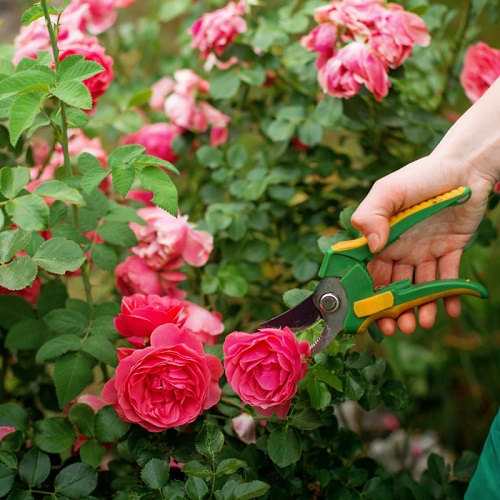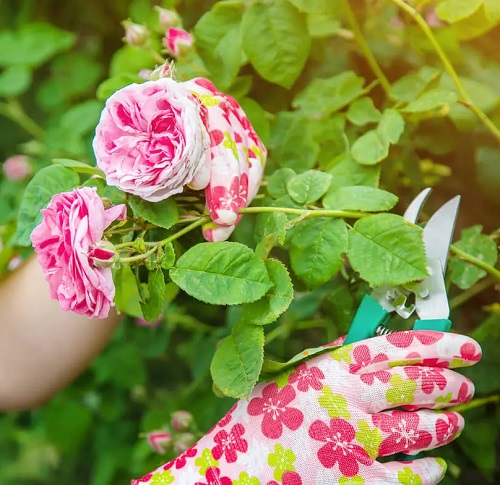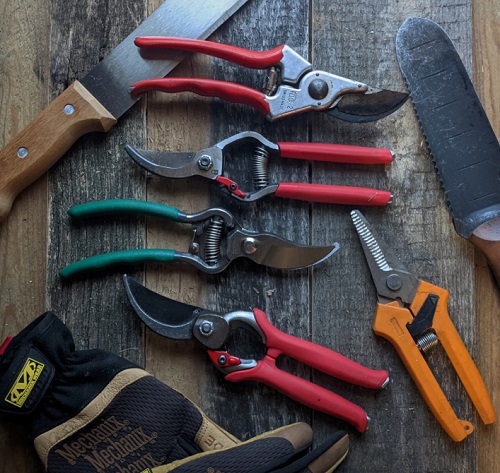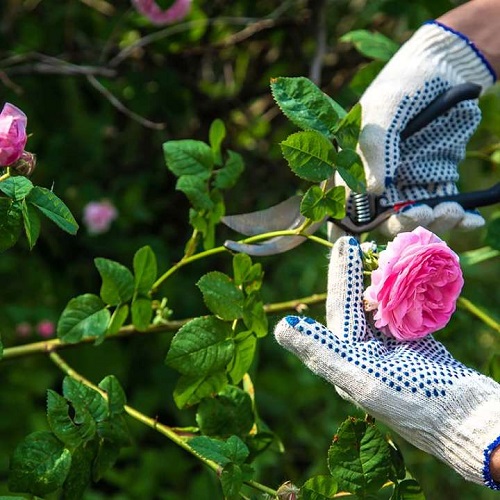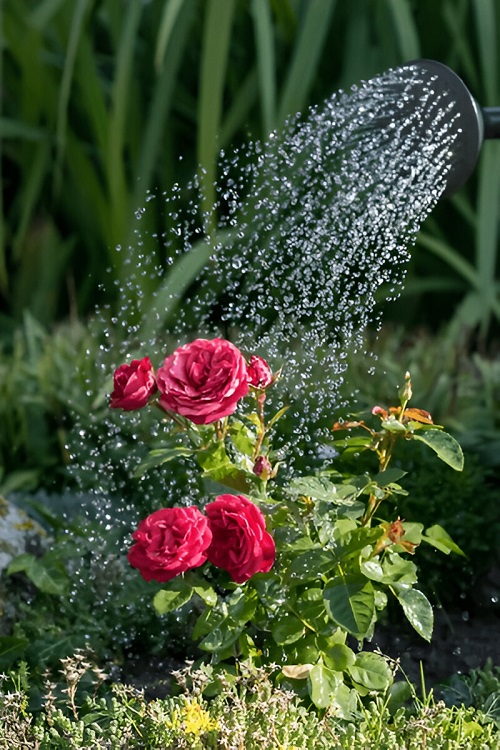Learn How to Prune Roses So They Bloom All Summer Long and keep your plants neat, healthy, and full of flowers.
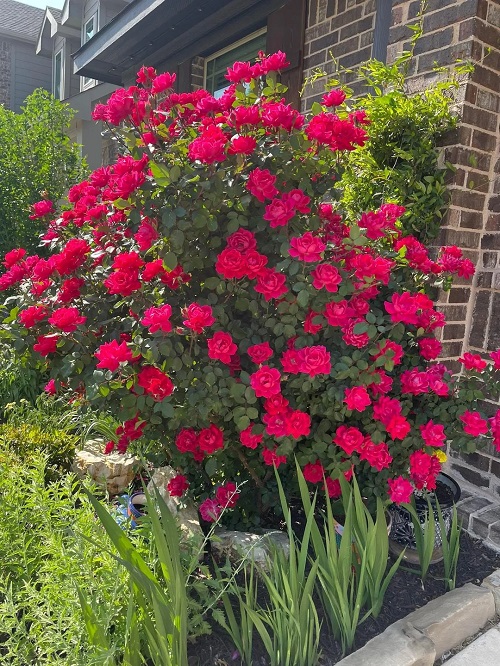
Pruning your rose bushes doesn’t have to be hard or scary. With the right steps and a bit of knowledge, it can become an easy and rewarding part of gardening. Knowing when to prune and using the right tools will help you care for your roses with confidence – even the thorny ones.
Pruning isn’t just about making your rose bush look neat. It helps the plant grow strong, stay healthy, and produce lots of flowers. When done the right way, pruning gives your roses the boost they need to grow well and bloom all season long.
Pruning isn’t only for shaping your rose bushes – it’s important to keep them healthy and full of flowers. So, don’t be afraid to prune.
You won’t hurt your roses by pruning. In fact, not pruning can do more harm.” Rose canes and leaves can carry diseases through the winter. By trimming the canes and removing all old leaves, you get rid of disease that could spread to new, healthy growth.
When to prune your roses
Roses that bloom only once a year should be pruned right after they finish blooming in early summer. For most other types, the best time to prune is in late winter or early spring, just after the last frost.
“If you’re not growing roses for shows, you don’t need to worry too much about being exact with your pruning.
Early pruning (December): Start by cutting your rose bushes down to a height that’s easier to manage. This helps protect them from wind damage. Also, clear away any fallen leaves or branches to keep the garden clean.
Late winter (February): Cut the roses back more, down to about knee height. Get rid of any canes that are dead, diseased, or damaged—the “3 D’s.” Also, remove branches that cross over each other to help air flow through the plant and prevent disease.
Pro tip: For hybrid tea and floribunda roses, make your cuts at a 45-degree angle just above a leaf that faces outward. Cut away any thin canes (smaller than a pencil) and remove any remaining leaves to help new growth start strong.
Watch the weather – if it freezes again after you’ve pruned, inspect your roses and cut off any damaged parts caused by the cold.
How often should you prune roses?
You should prune your roses at least once a year. The main pruning is best done in late winter or early spring, when you can remove any dead, damaged, or diseased canes. During the growing season, regularly deadhead the faded flowers to keep your roses looking neat and to encourage more blooms.
You can spot any pests or diseases early, and enjoy the scent and beauty of the new flowers. It’s also really rewarding—your roses look much better right after you remove the old blooms.”
To deadhead your roses, make a 45-degree cut just above the next set of leaves. Some gardeners suggest cutting down to the next set of four leaves for better results. Always be sure to remove any canes that are dead or diseased.
Essential tools for pruning roses
To prune your roses, you’ll need just a few basic tools:
- A sturdy pair of gardening gloves
- A sharp, clean pair of bypass pruning shears or loppers
Make sure to use bypass shears or loppers instead of anvil shears. Anvil shears can crush the stem, while bypass tools make clean cuts that help your rose heal faster and stay healthy.
Also, don’t forget to clean your tools between cuts. A quick wipe with rubbing alcohol helps stop the spread of disease.
How to prune climbing roses
Different types of roses need different pruning methods. Climbing roses that bloom more than once are pruned differently from hybrid tea or floribunda roses.
For climbing roses, the main canes are usually tied to grow sideways. This helps smaller side branches grow upward, and that’s where the flowers will appear. Cut those side branches back to just two buds above the main cane. If any of the main canes are old and no longer produce flowers, cut them down to the ground. Always remove dead, diseased, or damaged canes—along with any old leaves—in late winter or early spring.
What to do after pruning your roses
After pruning, it’s time to focus on watering and feeding your roses to help them grow strong:
Watering: If your roses are already established, they need at least one inch of water each week. New roses require more frequent watering. Ensure that you water the entire bed thoroughly, allowing the roots to grow deep and wide.
Fertilising: Apply fertiliser again after six weeks, and always follow the directions on the package. Stop fertilising by the end of July to avoid causing new growth that could be damaged in late autumn.


